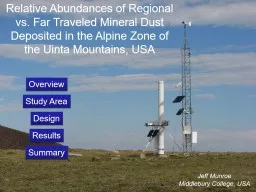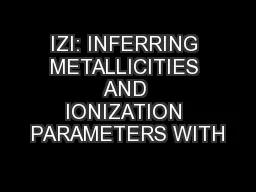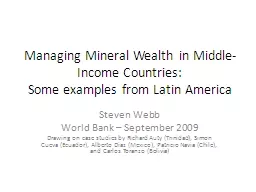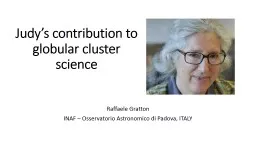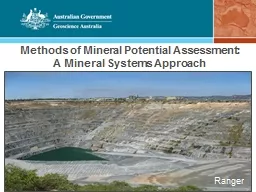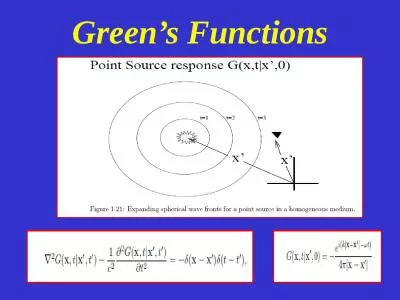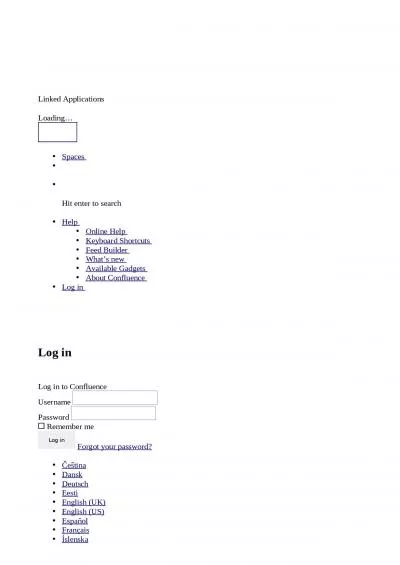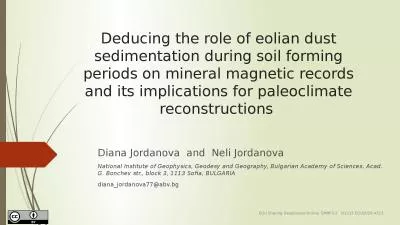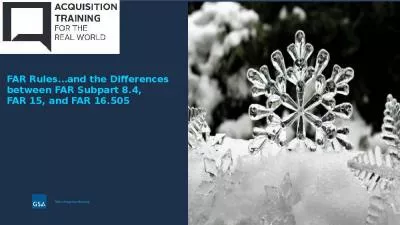PPT-Relative Abundances of Regional vs. Far Traveled Mineral Dust
Author : missroach | Published Date : 2020-06-30
Deposited in the Alpine Zone of the Uinta Mountains USA Jeff Munroe Middlebury College USA Study Area Overview Design Results Summary Uinta Mountains The Uinta
Presentation Embed Code
Download Presentation
Download Presentation The PPT/PDF document "Relative Abundances of Regional vs. Far..." is the property of its rightful owner. Permission is granted to download and print the materials on this website for personal, non-commercial use only, and to display it on your personal computer provided you do not modify the materials and that you retain all copyright notices contained in the materials. By downloading content from our website, you accept the terms of this agreement.
Relative Abundances of Regional vs. Far Traveled Mineral Dust: Transcript
Download Rules Of Document
"Relative Abundances of Regional vs. Far Traveled Mineral Dust"The content belongs to its owner. You may download and print it for personal use, without modification, and keep all copyright notices. By downloading, you agree to these terms.
Related Documents

